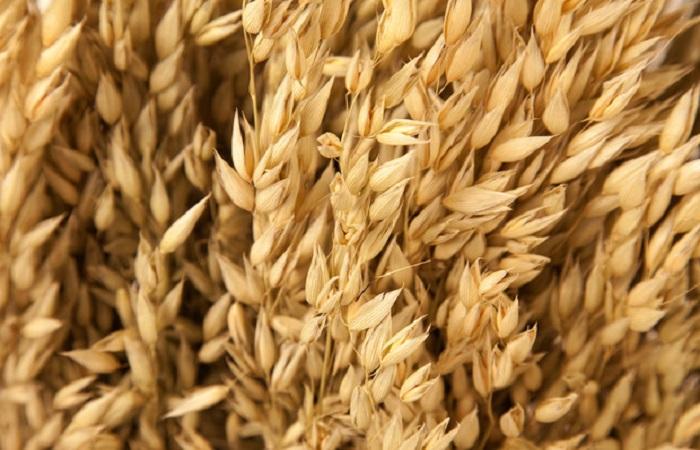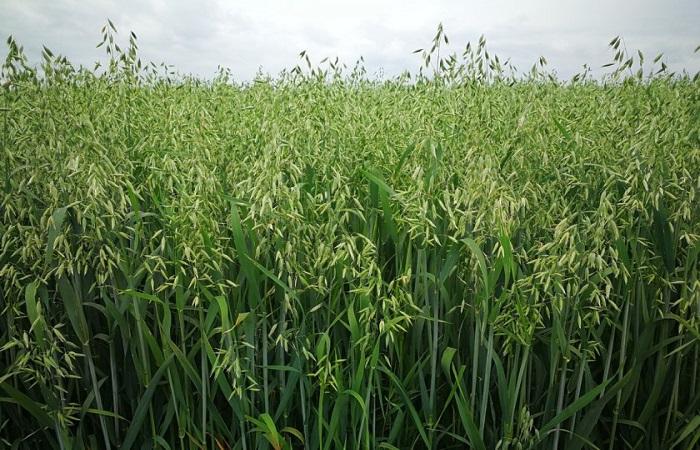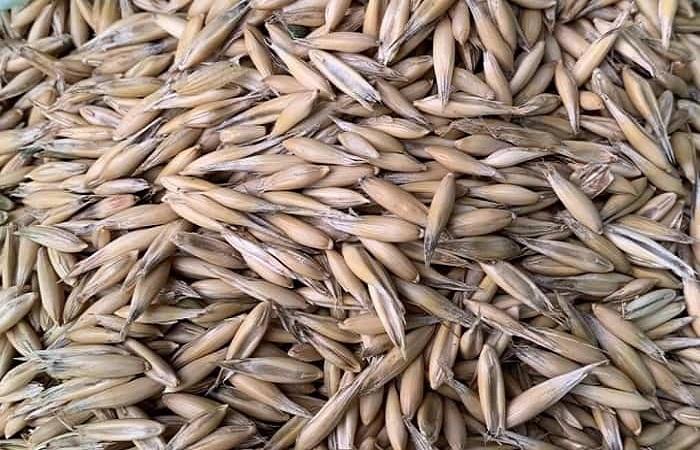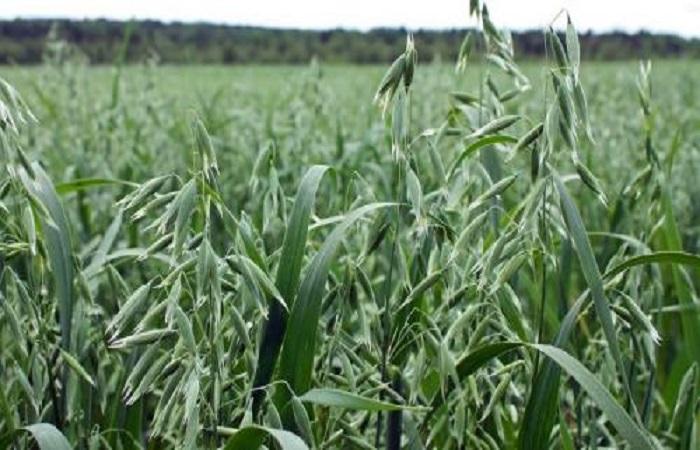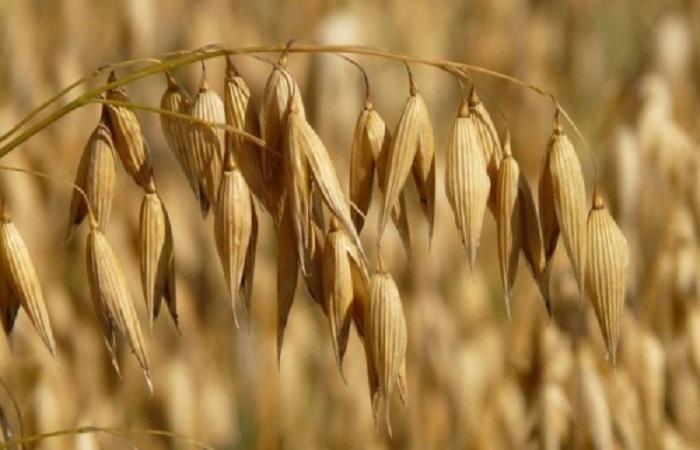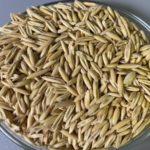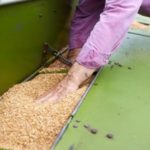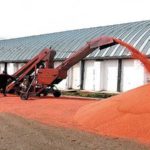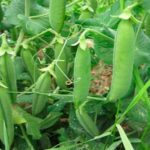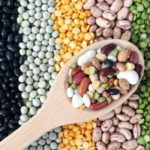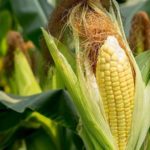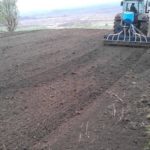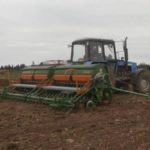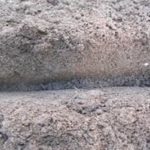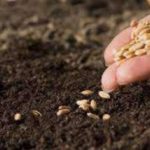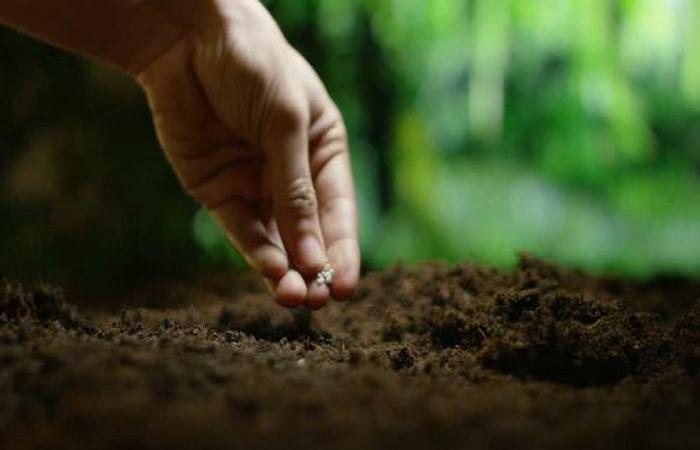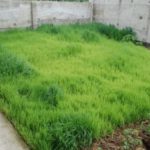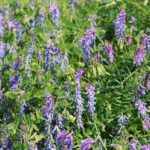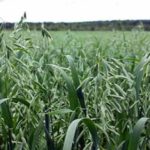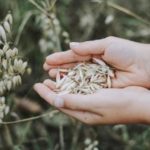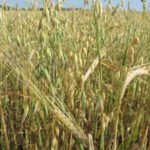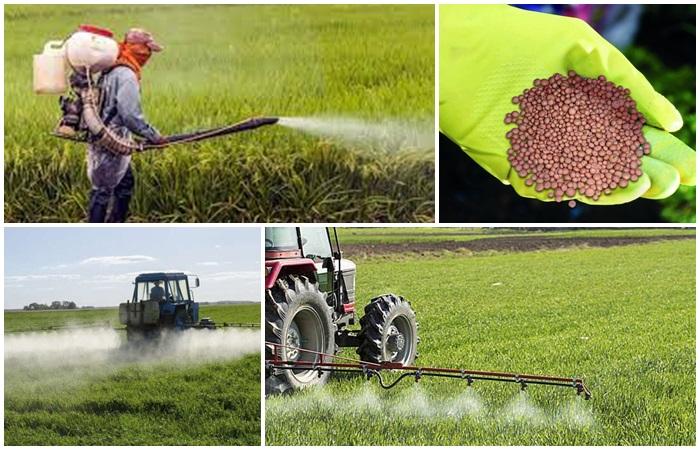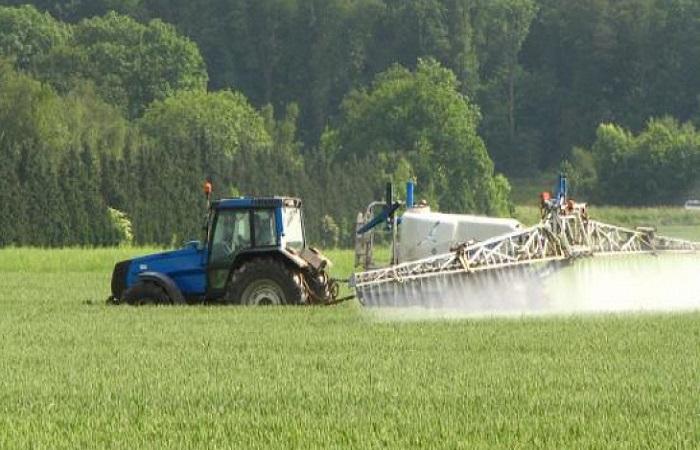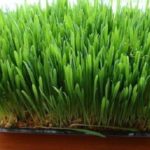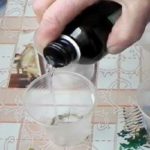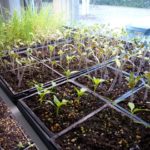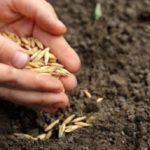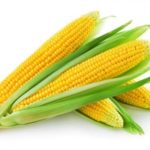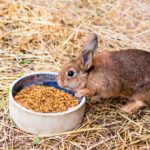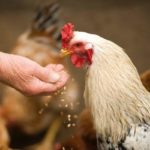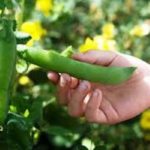Common oats are a common grain crop. This plant has long been used in agriculture to produce grain. Let's look at what the oat plant looks like, where it grows, its advantages and disadvantages, its types and cultivation characteristics. What predecessors does it have, what are the seed consumption rates? How to properly care for plants, how to protect them from diseases and pests.
What does oats look like?
This is a 1-year-old plant of herbaceous type, the typical species of the genus is oats of the grass family. In agriculture it is used as a grain crop.
Oats have become widespread as a plant that is unpretentious to climatic conditions and soil with a rather short growing season. Cold-resistant, seeds can germinate already at a temperature of +2 ° C, seedlings are not damaged by light frosts, which is why oats can be grown in the northern regions.
Oats grow up to 50-170 cm, the plant has a fibrous root. The stem is straight, thin, 3-6 mm in diameter, an adult plant has 2-4 nodes. The leaves are alternate, greenish-gray, linear, rough. Length 20-45 cm, width 8-30 mm.
The crop is grown for these fruits, which are used for food and animal feed. 1 kg of oats is taken as a feed unit - the standard of nutritional value of feed.
Where does it grow
Oats are a temperate crop. It is more resistant to cold and rain than other cereals, and is not so demanding of heat. Gives a good harvest in regions with humid and cool summers. The largest crops are concentrated in Russia and Canada, Poland, Belarus and Finland.
Advantages and disadvantages
The strengths of culture include:
- cold resistance, the ability of seeds to germinate in spring at minimal positive temperatures, resistance of the winter variety to winter cold;
- resistance to wet weather and shade;
- good growth in poor soils;
- good seed germination;
- sprouts quickly - 8 days from sowing;
- cheap seeds;
- cultivation using standard agricultural technology;
- the ability to be a predecessor of crops of various types;
- yield is on average 8 tons per hectare when growing oats in a monoculture and 14 tons per hectare in crop rotation.
Disadvantages of culture:
- weakness of the root system;
- the importance of hydration;
- does not tolerate heat well.
Types of seed oats
In agriculture, two varieties of crops are grown - spring and winter. They differ in the length of the growing season and sowing dates.
Winter
A variety of oats with a long growing season, the seeds of which are sown in the fall, they germinate and grow to a certain height. Plants overwinter under the snow and continue their growing season in the spring. In the spring, winter crops can use the moisture reserves in the soil, which increases yields and allows grain to be harvested earlier.
However, the winter variety tolerates drought worse than the spring variety and is more demanding on the soil. Oats of this variety can be grown in the steppe and forest-steppe zone.
Spring
Spring oats are a self-pollinating plant, undemanding to heat, with a growing season of 80-120 days. Spring oats are grown to produce flour and cereals, fodder and green animal feed. The most valuable is hull oats, the grain of which contains more protein, starch and fat than the membranous oats.
Features of cultivation
Growing the crop is quite profitable and quickly pays for itself in the resulting harvest. But for this it is necessary to carry out cultivation according to technology so that the plants develop and bear fruit abundantly. You need to start by selecting and preparing seeds.
Etching
In order for plants to develop well, you cannot skimp on seed material.Seeds must be selected, whole, full-bodied, not damaged by infections and pests. Before sowing, they must be treated in a solution of fungicidal and insecticidal preparations to protect them from rot and other diseases and from soil pests. Treatment is carried out either a few days before sowing or within a year before it. The seeds are dried after processing, the coating of the substance holds well and does not crumble.
Sowing dates
In spring, oats should be sown as early as possible, when the weather permits. There should be moisture left in the ground and the soil should warm up. It is impossible to be late with sowing, since if the seeds are sown 10 days later than the favorable date, the yield may decrease by 20%.
In the fall, winter oat seeds are sown at such a time that they germinate and take root before the onset of cold weather. On average, the height of plants can be 10 cm, in this state they can successfully overwinter.
The best predecessors
For this crop, the optimal species after which it can be sown are legumes, especially peas. They accumulate nitrogen on the roots, which is good nutrition for grains. Oats can be grown in areas that previously grew potatoes, melons and corn. The value of this method lies in the fact that for growing vegetables, soil cultivation is important, which reduces weed infestation and allows you to maintain clean oat fields.
After it, all crops are grown, except cereals. Oats are considered a good green manure, so they are used to cleanse and fertilize the soil before growing other crops.
Seeding rates
There is no exact norm for all agricultural regions; the volume of grain sown per unit area depends on climatic and soil conditions. It is necessary to select a value that would ensure a good harvest and the optimal cost of seeds spent on sowing. If the sowing density is less or more, the plants will not be able to develop well, causing the yield to suffer.
Average amount of oats sown per 1 hectare in kg:
- Non-chernozem zone – 200-250;
- Central Black Earth – 150-170;
- South-East – 110-130;
- Ukraine and the North Caucasus – 130-170;
- Siberia and the Far East – 160-200.
On fertile soil, filled with fertilizers, this amount can be slightly reduced by 10-15%; on thin soil, on the contrary, it can be increased by the same amount.
Planting depth
Oat seeds can be planted in several ways, for example, in narrow rows or cross-rows. The grains can be sown quite close to each other, since the plants are not too bushy and do not need a large feeding area.
Cultivation technology recommends rolling newly sown seeds with rollers so that they are not blown away by the wind and moisture does not quickly evaporate.
Plant care rules
Oats are a moisture-loving crop, so where there is little moisture, it is necessary to use techniques that promote its accumulation and retention. Moisture promotes the growth of stems, leaves, grain filling and improvement of its quality. Oats are not as demanding on the soil as other grains; in order to ensure plant growth, it is necessary to fertilize it well for the previous crop.
If oats are sown after early harvested crops, then tillage is carried out as a semi-fallow. If the crop is sown in the fall after sunflower, corn, potatoes, it is enough to carry out longitudinal and transverse disking. Especially if the soil is loose, the area is not overgrown with weeds. If the soil is dense and clogged with weeds, deep plowing with harrowing is necessary.
Oats at different stages of development need all the nutrients - nitrogen, potassium and phosphorus, so the applied fertilizers should include all these substances. Plants consume nitrogen throughout the growing season, especially during the period of ear formation and grain setting. Nitrogen also affects the quality of fruits during the bearing period.
Plants need potassium during flowering. The yield and quality of the developing grain depend on this element; in plants of the winter variety, their winter hardiness.
Oats need phosphorus throughout the entire period of growth, formation and ripening of grains. If the element is not enough in the growth phases preceding heading, this will significantly delay the further growing season and reduce the productivity of the crop.
To get a high grain yield, it is necessary to fertilize the soil on time and apply fertilizers in the right quantity.
Over the full growing season, oats remove the following amount of elements from the soil: to grow a hundredweight of grain, plants spend 2.8 kg of nitrogen, 1.4 kg of phosphorus and 2.9 kg of potassium. Fertilizers applied in the fall for the winter variety make the grains resistant to unfavorable conditions, enhance tillering, and the plants go into winter strong. For the next season, they provide good quality grain with a high carbohydrate content.
It often happens that winter crops look yellowed and depressed in the spring. The situation can be corrected by feeding the crops with superphosphate in the amount of 2 quintals per hectare, potassium salt in the amount of 1 quintal and ammonium chloride in the amount of 0.75-1 quintal.
Protection from diseases and pests
Oats, like other grains, can suffer from fungal diseases. The main ones are helminthosporium root rot, crown rust, and red-brown spot. As well as powdery mildew, seed mold, and loose smut. The species is affected by septoria blight, smut, and fusarium root rot.
The sources of infection are the remains of previous crops, above-ground and roots, contaminated soil, pathogens can also be located on the seeds themselves. Thickening, contamination with weeds of the cereal family, and humidity and temperature favorable for the development of fungi and bacteria contribute to the infection and spread of diseases.
How to fight:
- treat seed seeds with fungicides;
- sow varieties resistant to major diseases;
- observe crop rotation;
- carry out autumn plowing;
- apply fertilizer under the fallow or under the predecessors;
- treat the area with pesticides against weeds, diseases and pests to reduce their numbers.
It is also necessary to monitor the stored seed grain and treat it before storage with fungicides that prevent damage to the crop during storage.
Growing oats as a crop can be economically profitable and profitable, subject to compliance with agrotechnological techniques and mandatory disease control. This is a grain crop for regions with a relatively cool and humid climate, it tolerates cold and is unpretentious to soil and fertility; it can grow and bear fruit in areas where other crops produce a small harvest. It germinates and develops quickly, and can be a green manure or precursor for vegetable, industrial, and fodder crops. With proper care, it produces a harvest that is worth the investment.

